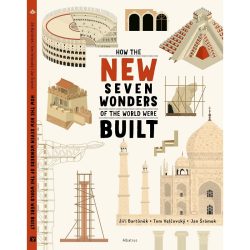Description
Cities: the First 6000 Years
Over half of the world’s population lives in an urban area and cities around the globe are getting bigger and bigger. Love them or hate them, more and more of us are choosing to live in them. Cities investigates the following intriguing questions: why did cities start to occur around 6,000 years ago, how have they evolved, why do so many of us choose to live in them, how do they affect us, and what does the future hold at a time when we’re increasingly connected by technology?
In Cities, Monica L. Smith points out that, even if you don’t live in a city, your life is inevitably affected by one, whether you commute into one for work, sell coffee beans to a company that supplies urban coffee shops, or host city-dwelling tourists seeking adventure and respite from the city in your remote village.
Using fascinating anecdotes and research findings from her work as an archaeologist, Smith also reveals that many of the problems that we associate with modern cities (violence, hyperconsumption, etc.) have, in fact, always existed. And, more positively, how many of the things that draw us to cities in modern times (educational and economic opportunities, social mobility, culture) are the things that have drawn us to them since they first appeared. She also makes the controversial argument that it’s down to cities that the middle class exists and she examines why social movements flourish in cities in a way they rarely do in rural settings.





Reviews
There are no reviews yet.